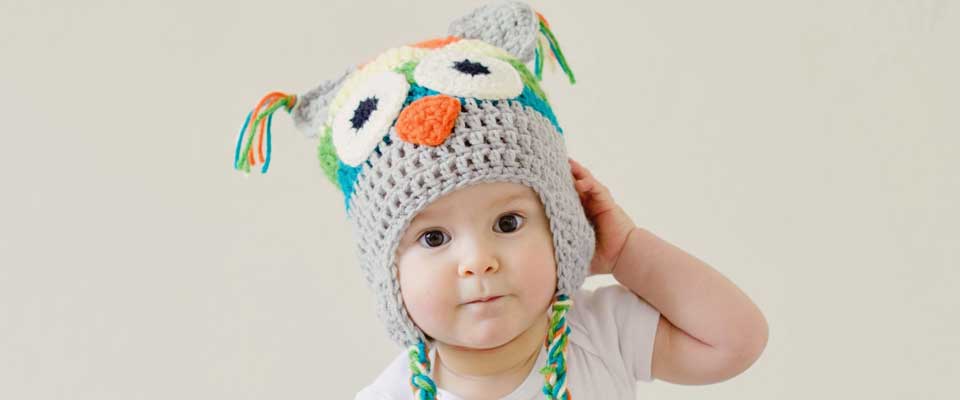
"As they get older, we do expect them to habituate more and faster, so they won't be looking at that old picture as much.

"On the screen outside, you can see where their pupil is, you can see which picture they're looking at, you can see if they're looking at the new picture or the old one. "The new one is this new, interesting picture and we want to see if they're looking at that more. "We want to see if the baby recognises that the old one is the old one, they've habituated to it, it's not interesting anymore," Ms Woolard said. Then they are shown one of the same images from the first phase, as well as a different one. This is done over two phases: first, when the infant is shown two matching images. "We can also see if they can predict when the duck swims behind the tree and is it going to come out on the other side."Īnother animation measures the baby's habituation, or their ability to recognise familiar images. "What we can see from that is if the baby can track the motion of an object, which is not something that we're born with," Ms Woolard said. In one, a duck swims across a pond, sometimes hiding behind a tree. ( ABC Newcastle: Robert Virtue) Eye movements help inform how brain is developing "We can see both the movement of the baby's eye, and where they're looking at the screen."Īlix Woolard is researching maternal infant-directed speech. That camera is pointing at the baby's face, and it's sensitive enough to pick up on their pupils.

"We get the baby to sit in a baby seat they're looking at the computer screen and we play some programs that are fun and colourful and quite exciting for the baby to watch. "One way that we can do this is through eye-tracking. "Part of we're looking at the way babies think and how they solve problems. "The way we speak to babies is really important for the development of infants," Ms Woolard said. Researchers are hoping the use of eye-tracking technology will help broaden knowledge around how babies cognitively develop in their first year of life.Īlix Woolard is studying a PhD in maternal infant-directed speech through the University of Newcastle and Hunter Medical Research Institute in New South Wales.Īs part of her study, called BabyMinds, she is using eye-tracking technology to profile the cognitive development of babies up to one year of age.


 0 kommentar(er)
0 kommentar(er)
